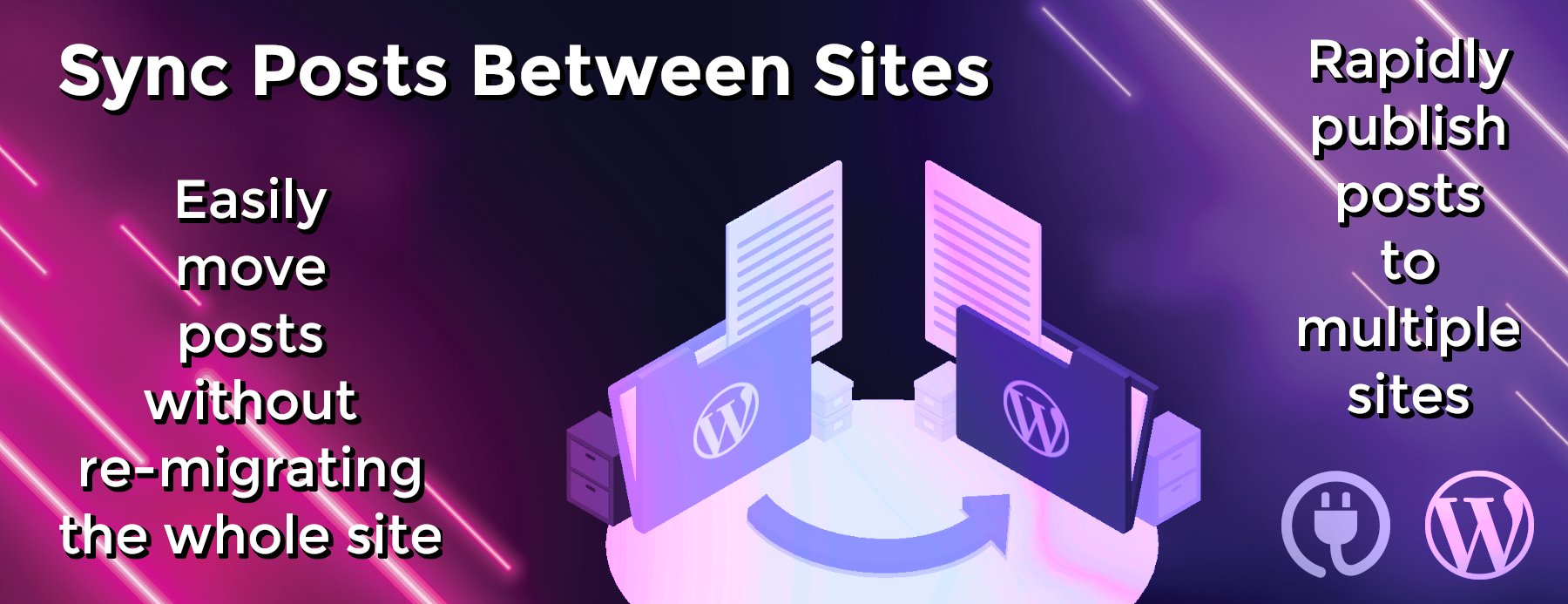Designing Your Small Business UX Approach
For anyone who has ever tried to get a small business established online, you know that the challenges one faces are many. As a small business you have to compete not only in local markets, but against players in national and international ones as well.
When you seek to take your brand online to find a share of even just your local market, you find that not all locals shop that way. They shop globally at times, and so your approach to the online community must be reasoned and well thought out.
And one approach that can make or break your attempts right out of the proverbial gate, is your UX one.
The Lay of the Land
It’s easy to think that the playing field is somewhat leveled out by adding an online presence to your game, but in fact, that couldn’t be further from the truth. Yes, it does give small businesses access to an audience they might have otherwise missed out on, but the chips are still stacked far out of balance in this equation.
When small businesses are paired up against the larger corporations, we seem a bit unevenly matched. Image Credit
The established corporate sites have something that small businesses tend to be lacking, enough street cred to buy them some forgiveness. If their UX leaves a little something to be desired, they still have the name to draw users back in. Even if those visits come with their share of frustrations, users are more willing to forgive them when the name behind them is one they instantly recognize.
The other side of this coin simply means, that small businesses need to plan a much more solid UX approach in order to ensure that they are not costing themselves potential users (which for most small businesses translates into customers or clients). Like a dancer, each move we make must be purposeful and precise.
Forgive or Forget
When I say that users will tend to forgive the larger brands and businesses, that is not always the case. Sometimes it is more a matter of forgetting than forgiving. What happens is that some users will tend to move on and forget the interactions they just had. Bad or good.
This might seem like it would work to the advantage of the small business whose UX might have let down a user or two, but trust me, those problems will come screaming back to them should they find your site again, and those issues persist. In which case, do not expect forgiveness to be forthcoming. And besides, being forgotten is not something any business should be hoping for.
Fading from our user’s memories is a less than favorable outcome. Image Credit
The bigger companies have more market penetration and permeation, and as a result, they tend to stick in people’s heads when they go out searching the web for anything. Unless they are specifically focused on a local area for satisfying their search, chances are the big names they recognize are the ones that they’ll be drawn to first and foremost. This means that those users we do score, we need to make count. Or we too will be forgotten.
To make those visits count, we have to ensure a comfortable and sound user experience. Without it, we risk doing ourselves more harm than good with our web presence.
How To Proceed
Your small business UX approach needs to put the user first at every turn, even when matched up against your content or product. They need to know that they are your main concern. You do that by having a well designed, and thought out user interface for your web presence. One that demonstrates their satisfaction and ease of interaction is your top priority.
RELATED: Trending Tweets You May Have Missed
There are several elements to look after while tending to this course.
No Waiting
We understand that some delays are inevitable. There are many factors at play here. From the user’s own device, to the host you are using for your project, many things can complicate a quick load time. However, using such a heavy design that you have to allow it load (even providing the user with a nifty progress bar to let them know approximately how long a wait to expect), is not advised for most small businesses.
The price can be high if you make your users wait, so the pay-off has to be worth it. Do you feel lucky? Image Credit
Making people wait for your site to load is often a sure fire way to increase your bounce rate. We are living in a society of growing resources for instant gratification. User’s expectation levels for this type of immediate satisfaction is on the rise, and once again, without an established reputation that will buy that forgiveness from a user chances are they won’t stick around to see what they are missing.
So get them in there and right into the heart of the matter without delay. Take every step to ensure that the users who are coming to your site are not unnecessarily delayed. Progress bar or no, impeding their progress is not always the best way to guarantee a successful user experience.
Ad-Vice
Speaking of delays, or interruptions to your user’s experience, the ad vice is one of the worst to see still happening across the web. Yes, small businesses may indeed need to find ways to monetize their online endeavors in order to help offset costs and bring in revenue, but at what cost? If it has potential to cost you a potential user, then is it a risk worth taking?
This is not to say that small businesses shouldn’t sell advertising space on their sites, it is simply saying don’t let the ads intrude on the experience. Don’t fall victim to the vice of over advertising on your site. If an ad pops up instead of the link they clicked to get to your content, chances are you are losing many of your potential audience.
If they cannot get through your content without ads forcing their way over the content, and blocking their access unfettered, then you have just rolled the dice. That is not always the best way to play at your UX approach. It should never be a gamble. Go for the guarantee.
Function, Function, Function
There are times when focusing heavily on the aesthetics of your design makes sense for your project. For most small businesses, this is the not the case. Appearance is a factor, yes, but function matters so much more to the small businesses. Simple sites with a focus on functionality will generally translate into better numbers. Users are less likely to get lost in the bells and whistles.
Clear calls to action, clean and easy to follow navigation may seem like no brainers for most designers, but as more unique approaches to design are being sought there are some basics that small businesses need to rely on and stick with. They need never be sacrificed in the name of aesthetically re-aligning a design. Functionality should not only be central to your project, but it should be clear and simple to follow.
RELATED: New QR Code, NFC and Augmented Reality Innovative Ideas
Be bold and direct your audience as clearly as possible. Image Credit
Removing any guesswork from how your users should and can interact with your design is clearly the way to go for those who cannot afford to risk that this first impression may be the last a user has. If your preference for monochromatic design keeps your CTAs blending too much to really catch your average user’s attention, then you are missing out.
Be Present: Listen & Act
One UX element that should always be present for small businesses is whatever allows them to be present. To reach out to their audience and tap into what they think of the project. Be it a site, app, whatever. Your users need to have an avenue to contact you.
It is more crucial that small businesses be responsive as they tend to have more to lose. And although it is not always easy to be present at any given moment, you should have a system in place for your users to be able to get in touch with you over any concerns or questions that may arise. They need to know they have a way to reach you and interact, so they know their concerns are being heard. Otherwise they may quickly leave you in their rearview.
But beyond just putting some form of contact out there, so they can reach out, you also have to really hear what your users are saying when they say it. If you’re small there probably aren’t that many voices shouting at you to have to sort through, so give those you do hear back from your full attention. Make a point to return contact as soon as possible when they do interact. To act on what they are telling you.
Accessibility Matters
This point cannot be stressed enough. Admittedly, there are places where we all need work, and this is one place where I’ve been guilty of not giving full consideration in the beginning. Accessibility matters. Even Tumblr has given full user accessibility the proverbial brush-off with their latest interface rollout, having caused distress to users with poor vision who can no longer view the lightly colored UI controls to add and style their new content.
With the lightened text and highlights, many users are excluded from the experience.
Criticisms immediately surfaced with the new interface implementation, so we will see if and how Tumblr responds to this issue. And just how many users will have to turn away from the platform because they simply can no longer comfortably work their way around the controls. As I have stressed a number of times already, small businesses are not in a position to sacrifice users for any reason. Subtlety be damned, if it translates into losses.
Don’t Jump Around
House of Pain may not agree with me on this point, but your UX should be fluid as to not jerkily jump around your site. Adding to the list of things you as a small business can’t afford, note that having your users become disoriented and lose track of where they are on the page should be on it. Go for smooth transitions throughout your project so users keep their bearings and aren’t tempted to flee.
RELATED: The Biggest Mistakes You Can Make With Your Web Site
Small businesses need to make the first impression matter most, because without making a strong enough impression, we could possibly get lost in the aether of the user’s day. So we need to safeguard any instance of visual discomfort and disorientation if we want to the impression to count.
With the popular trend of single page sites cropping up all over the web, keeping this point in check is definitely a must.
Divide & Conquered
As you develop the user experience for your small business’ project, you want to also look after a tendency many small businesses have. Don’t ‘kitchen sink’ your users when they drop into your site, or login to your app. Which is to say, don’t throw everything but the kitchen sink at them. It just might be a recipe that ends in losing potential users. Ease them in to things in a welcoming manner.
This point is kind of key…get it? Image Credit
Otherwise an overwhelmed user won’t be able to focus on the content or information that you want or need them to key in on. So don’t split the focus of the user by giving them too much to process or think about at once. Which with everything that’s been said to stress the importance of making that first impression count may seem like the thing to do. Just put everything out there, in the user’s face.
This can massively undermine the clarity of your CTAs and the your user’s ability to discern exactly what is expected of them. Best to avoid this altogether when and where you can. If you divide, you might just find it is you that is conquered by your own UX choices.
When In Doubt, Take the UCD Route
So much of this boils down opting for a user-centered design route when you are executing your UX design for a small business. This approach, while tending to be more involved and timely to establish, does tend to yield the most effective results for this crowd. It also helps to already open up some of those channels of communication I spoke about earlier.
Cennydd Bowles had a great article recently on A List Apart stressing looking beyond UCD as the main approach that we take to solving our clients UX needs. But for small businesses, while this may seem like the more costly route to take, not taking it might prove to be a bit more costly in the long run.
Other companies may be in a position to try a less comprehensive and a more hit and miss approach. Test the waters so to speak. However, small businesses already have enough challenges ahead of them, adding more is completely unnecessary and can just add to stresses already taxing your available resources. Best to air on the side of safety and cover your bases.
Your Turn
What are your thoughts on small businesses approach their UX design? What are some considerations that I may have not mentioned, that you feel they should make? Leave us your thoughts in the comment section below.




